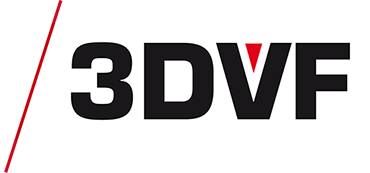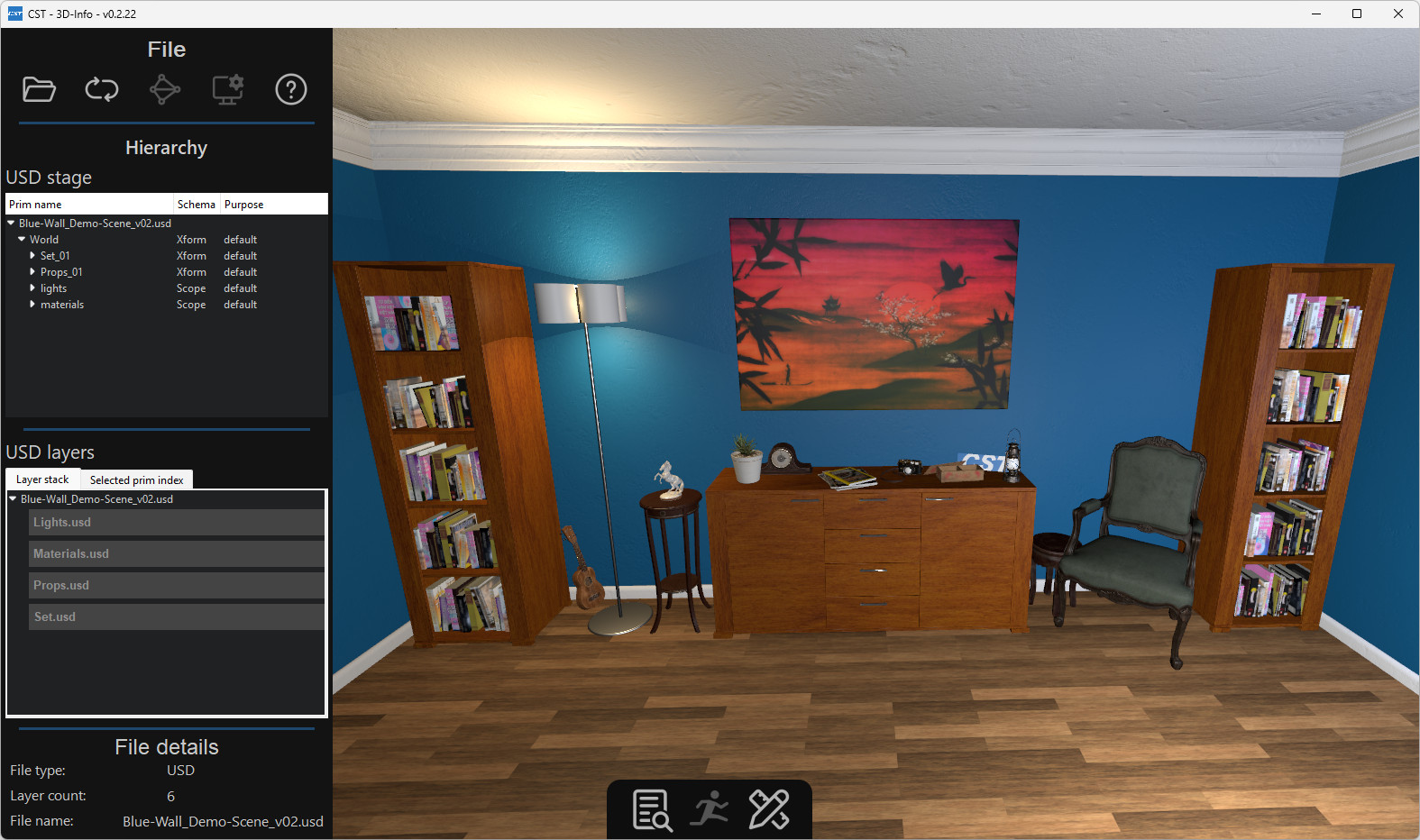This article is also available in:
Français
The CST (Higher Technical Commission for Sound and Images, a, association of film and audio-visual technicians in France) has launched 3D-Info, a tool designed for easy and efficient 3D scenes visualization. Focused on the USD format, the tool can already be used to explored 3D scenes and will be enhanced over time with new features.
3DVF: You just launched 3D-Info. Centered on the USD format, 3D-Info is free, open-source, and cross-platform. What can you do with this tool, and who is your target audience?
Frédéric Fermon: The goal of this project is to create an easy-to-use 3D viewer. When you use Sketchfab, you don’t need 3D training to be able to view assets, even the most complex ones. The idea is the same, but integrating and offering functionalities dedicated to our film industry jobs.
It specifically targets heads of departments on shoots (camera, set decoration, staging, etc.) and in animation: production management, direction… but should be useful to anyone wanting to view USD 3D assets, with a user-friendly interface that’s easy to install (no additional dependencies required).
The tool will allow, for example, to adjust and export cameras and images, take measurements in a set, share notes, or play animations. It’s designed to open props, animated characters, or sets. On the more technical side, it allows users to view the hierarchy of the “stage” and “layers,” concepts specific to this scene composition format.
3DVF: What are the current limitations?
Frédéric Fermon: This first beta is quite limited in features compared to our project, but it is already usable as a simple viewer. We focused on navigation comfort and rendering consistency: the visual rendering in 3D-Info is identical to that of usdview (the viewer provided with USD) and NVidia’s Omniverse Composer, as we use the same Storm rendering engine provided by Pixar with USD. It took a lot of effort to get the USD framework working correctly, and we then prioritized the features requested by our two partner studios, Loops Creative Studio and Plateau Virtuel, both of which already work with this format.
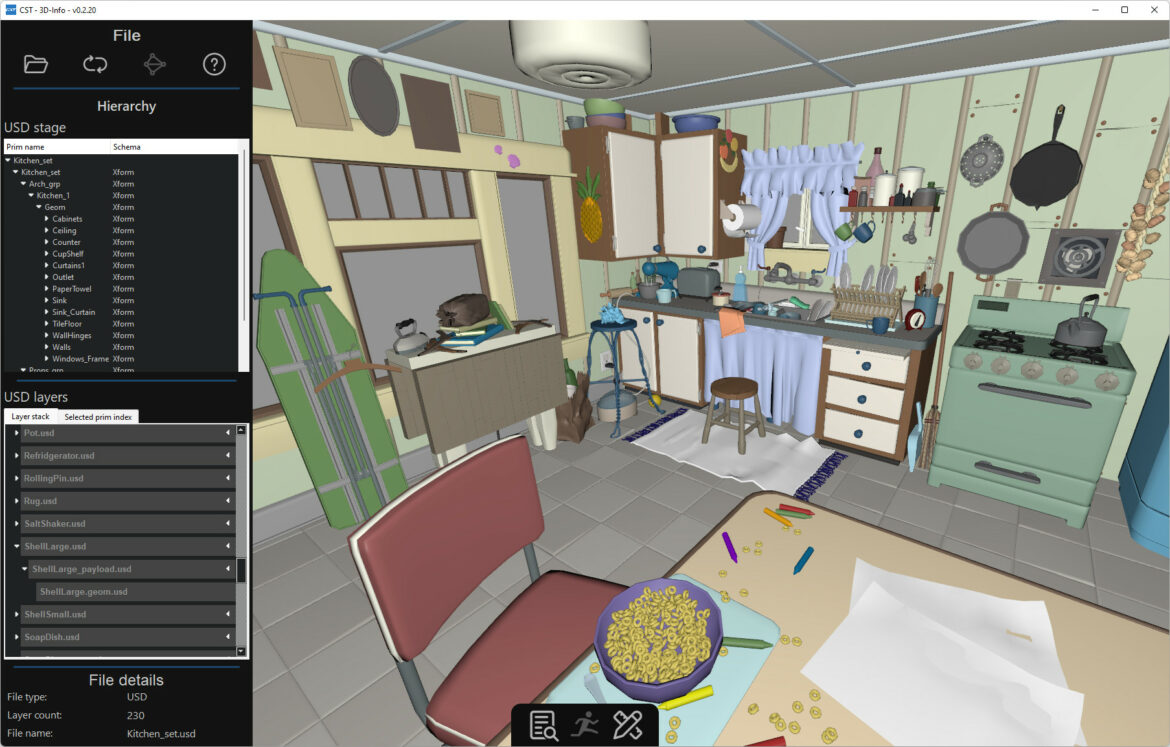
3DVF: The project is supported by the CST. Why did you embark on creating this tool?
Frédéric Fermon: We are an association whose primary concern is to support the film industry. As virtual production is increasingly used, the need to validate 3D from pre-production becomes more frequent. Department heads are concerned with decisions made during the 3D design phase, and the use of 3D is generally becoming more widespread, but few tools are accessible to them.
The idea came when I was looking for a way to comprehensively understand the 3D assets I had on hand without having to open a DCC. I remembered the open-source software Media-Info, which describes video files and is regularly used by my colleagues in mastering, and I wanted a similar tool for 3D. I quickly realized that such a tool didn’t really exist and that it wasn’t that simple. After discussing with several artists, TDs, and virtual set designers, I understood that a viewer accessible to everyone and offering annotation tools was probably more desired than a “simple” technical description.
We brainstormed as a team with Hans-Nikolas LOCHER, who heads our software development activity. This coincided with our desire to engage in an open-source approach and our observation of the democratization of 3D. We thought it would be interesting to offer this tool to the community and decided to take on the challenge. We then received help from the CNC to fund part of the development.
When it came to choosing a file format, we had to start somewhere while staying true to our open-source DNA. It became obvious: gLTF and USD are the only open and interoperable formats attracting the sector’s interest, but gLTF is not very suited for complex scenes. Even though the Alliance for OpenUSD didn’t exist yet and the governance of USD could still be problematic, we felt it was only a matter of time, given the interesting features promised by USD, which allow progress without reinventing the wheel. We are now waiting for the first draft of OpenUSD standardization announced for the end of the year.
So, with this project, we are trying to fill a gap in the 3D tool offerings while hoping to facilitate the adoption of USD, which, besides being promising, is a format that embodies our values of openness, interoperability, and standardization.
It’s also a way for us to bridge the gap between the filming professions we know well and the 3D professions by facilitating exchanges, understanding, and common language… by practically putting a useful tool in the hands of “non-artists.”
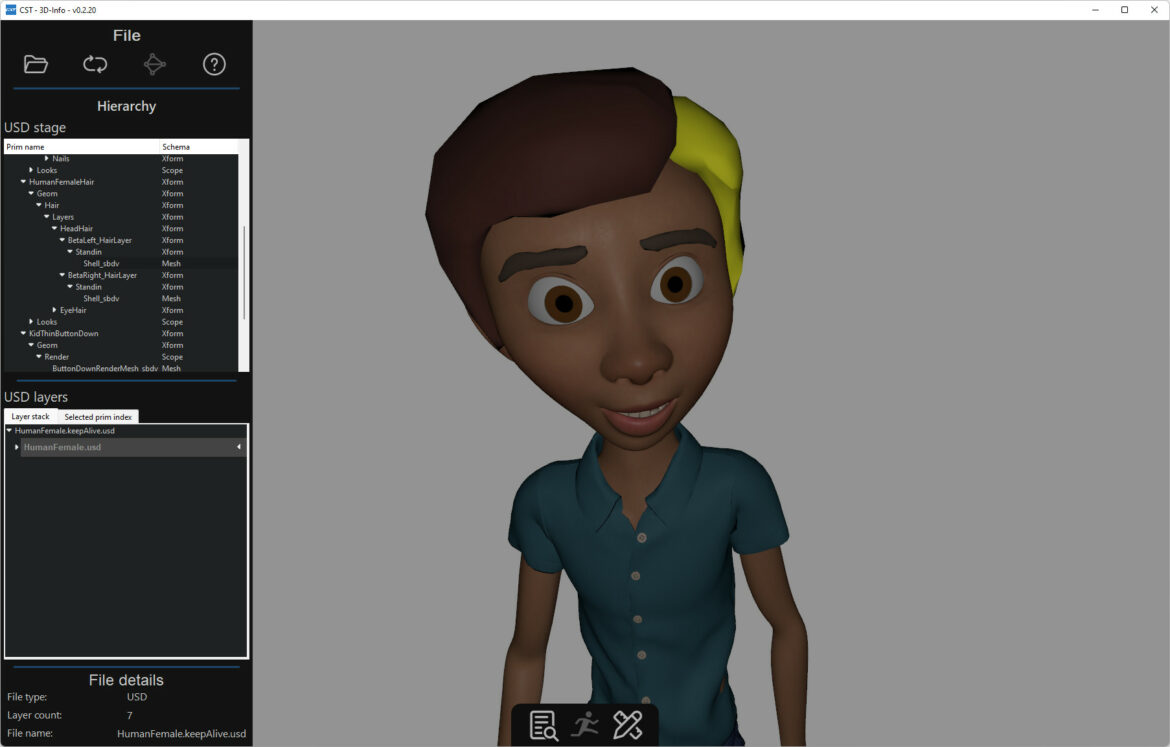
3DVF: What have been the main development challenges?
Hans-Nikolas LOCHER: The first point is that USD has very rich but somewhat scattered documentation. My first surprise was that the file format doesn’t have a formal description; it has been defined “implicitly” by the USD code, which will be corrected by the work within the AOUSD. As a result, there is currently no standard support for understanding the choices made in the USD code.
Additionally, there are historical layers in Pixar’s library; different parts were made by different people at different times, with slightly different architectures.
We chose the Qt framework for the graphical interface, which simplifies the implementation of certain widgets, like the USD sceneView that integrates naturally into this graphical framework. It also has other benefits in terms of asynchronous event handling, but it makes implementing a “modern” and sleek GUI with transparency sometimes a bit complex. Managing keyboard events, for example, required developers to come up with workarounds.
Another point, which might become more challenging with the addition of more partners in governance and likely in engineering, is the evolution of library versions, which requires keeping up with the framework. For now, the library version we use is frozen at 23.02, but our developer will have to address this evolution after the beta.
3DVF: USD is increasingly adopted by animation and visual effects studios. What is your view of its adoption in France? What are the obstacles? And for studios that are hesitant, what are its advantages?
Frédéric Fermon: I don’t know everything, but I know that, for example, a well-established VFX studio recently chose to adopt it. So yes, there is indeed a slow move towards USD.
From what I see, the cost of integrating USD into a pipeline still seems too high for widespread adoption. I had the honor of participating in a conference on this subject last year in Annecy, and the feedback pointed to the same conclusion: “it’s complicated…” We estimated that it would take about 3 months for a developer to get comfortable with the framework, which is a lot… However, by 2025 or 2026, when the first specifications on the data model (AOUSD’s Core Spec) are integrated into industry tools, this integration cost will significantly decrease, benefiting users.
For studios with sufficient development capacity and an interest in integrating it into their pipeline, I think it’s still worth looking into it now. Even though the format will evolve, starting now will help them gain knowledge of its many concepts, and thus they will likely adapt more quickly as standardized versions evolve…
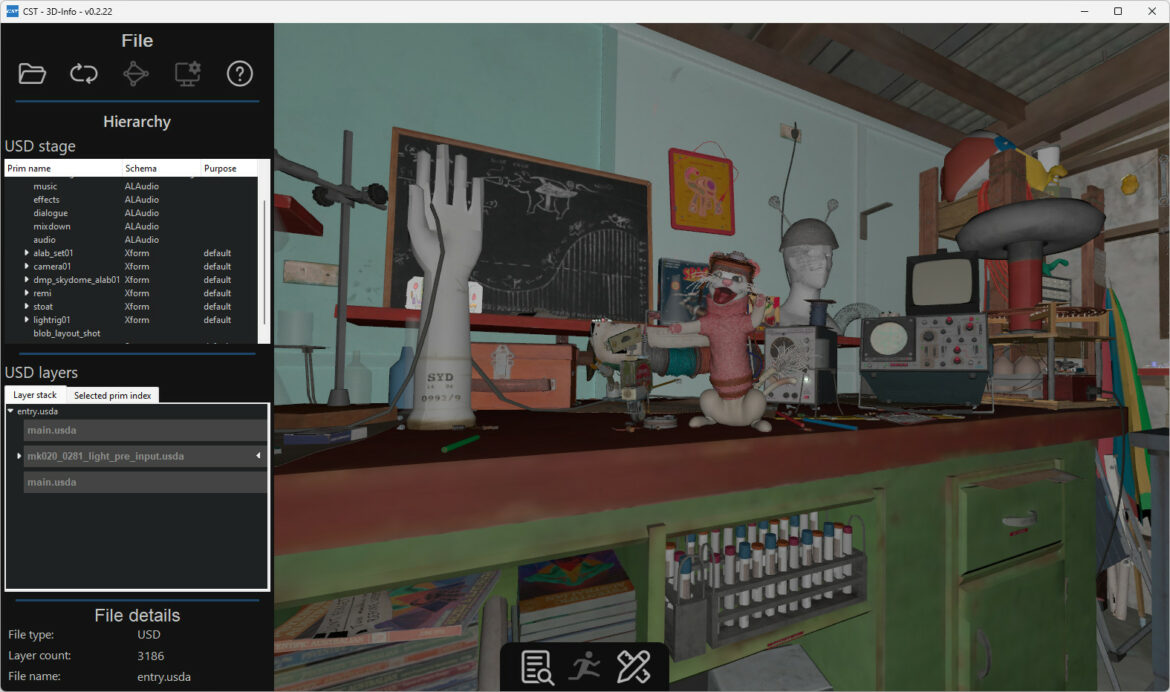
3DVF: Obviously, for studios, having support and contacts is always important. Any words on this?
And what improvements are planned for further development? Is there a public roadmap?
Frédéric Fermon: Yes, our public roadmap is accessible here.
As you can see, we have already planned many things but not many specific release dates! It’s important for us to advance the project with and for the users, which is why we prioritize with them as we go. This is the whole point of this public beta: to gather around the project all those interested to create a tool that is truly useful for the greatest number. It’s also particularly important for developers who want to integrate it: it’s through their involvement that we can offer code tailored to their needs.
So, for the next steps, we will definitely revisit the GUI to allow the development of new features from the viewport. For the rest, it’s up to our growing community to guide us by consulting our roadmap.
As for support, we don’t plan to provide it strictly speaking. We created a Discord server to communicate directly with users, answer their questions, gather feature requests, and receive bug reports. Eventually, it would be great if a small developer community started to slowly participate in the project with us.
3DVF: How can we support the project?
Frédéric Fermon: Test the beta!
If your pipeline relies partly or entirely on USD, 3D-Info should already be a comfortable viewer for at least verifying models or the hierarchy of USD stages and layers. We look forward to hearing your feedback, comments, and advice.
3DVF: One last question: last year, part of the team attended the Annecy Festival. Will this be the case in 2024?
How can we meet you there?
Frédéric Fermon: Yes, I will be there like last year. My schedule is still quite uncertain, but there will definitely be opportunities, especially in the Mifa hallways. Don’t hesitate to send me a quick email beforehand, my email is in the contacts here.
And the software will be showcased on the Progiss/3DVF Booth at MIFA (booth A.36)!
3DVF: Thank you! To our readers, don’t hesitate to check out the project page to download and test 3D-Info. And follow us on social media: Facebook, X/Twitter, Instagram, LinkedIn, YouTube.
